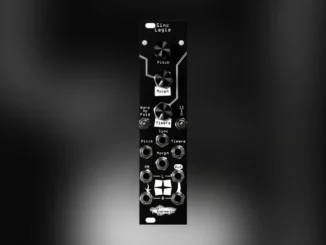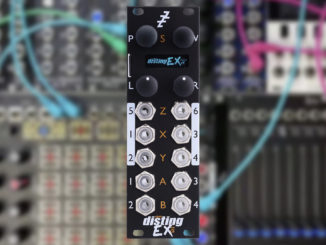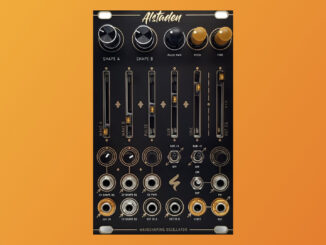Superbooth 24: Weston Precision Audio SV1 is a new dual VCA with two separate VCA flavors, zero-crossing detectors, and a stereo operation option.
SB 24 is already history, the news is not all finished yet. This also applies to US-based company West Precision Audio, which had a booth at SB 24.
For Superbooth 24, they showcased a new neat dual VCA module.
Weston Precision Audio SV1
SV1 is a new 12HP dual VCA with linkable controls. On each side, you have controls for the input and output level, as well as for the bias. The latter is an offset from 0 to 5V for a connected CV.
A highlight of the SV1 module is its dual VCA flavors. Each channel has two separate VCA types: a vintage discrete BJT transistor VCA with vintage op-amps and a modern chip-based VCA with modern op-amps, giving you two distinct characters.
There are also various built-in ways to overdrive your signals. You can push the input level of each channel, which brings in saturation and harmonic distortion. Alternatively, you can activate the overdrive switch that adds 6dB to each channel.
Then, the Weston Precision Audio SV1 has a handy clip indicator on the inputs and outputs. A super useful built-in zero-cross detect circuit also removes clicking artifacts when gating signals using very fast attacking and/or decaying envelopes.
Another great feature is the ability to link both VCAs, turning them into a stereo VCA module with controls over the left and right channels.
First Impression
The new SV1 looks like a very solid dual VCA with lots of options. I really like the layout and the built-in features. The price is also very fair.
Weston Precision Audio SV1 will be available in June 2024 for $220/240€.
More information here: Weston Precision Audio





Weston was at Superbooth? Nice! I’m a fan of WA stuff, rock-solid design & interesting features. Really love this VCA and his new envelope design. Would love to have a 100% WA synth one day.
I sold my Time Segment Oscillator in the past year for extra cash but I already miss it! Hopefully, Devin is working on a 2.0 version since it is now discontinued. It was like having an analog wavetable oscillator but each of the stages had a bar graph look on the oscilloscope so it always sounded pulse-y and analog. Killer stuff.